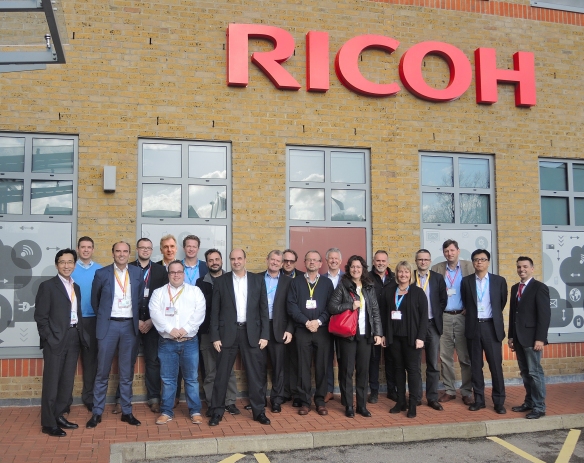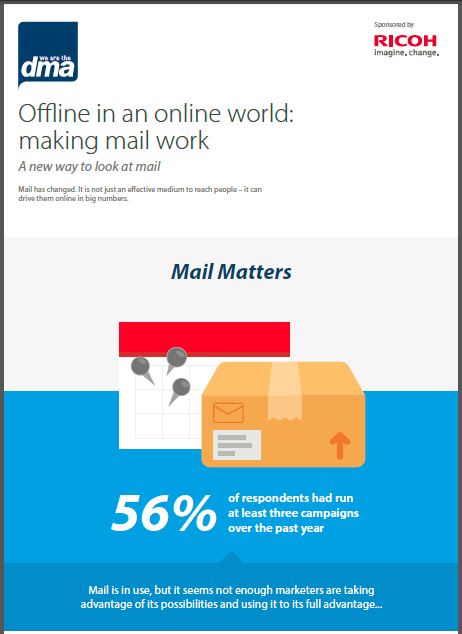
Graham Moore -Director Business Development, Ricoh Europe
It is fair to say inkjet’s ability to conquer the complex playing field of comercial print faced initial doubts from some quarters of the graphic arts market. But just months after announcing the Ricoh ProTM VC60000 continuous feed production inkjet platform, we are now getting a clear idea of how rapidly the market is opening up.
The possibilities are very exciting!
Every fresh conversation we have presents new opportunities. We can see that inkjet presses are frequently replacing web-fed presses for applications like direct mail, books and newspapers, and that there is a growing volume of true commercial print applications going on these presses as well. This is due to the increased quality, flexibility and productivity offered.
Our clients agree.
Zalsman, a leading Dutch media and graphics company, believes inkjet will help it continue to grow and thrive.
Hansaprint, part of the Nordic TS-Group, is discovering new markets.
Parajett, in Sweden, says inkjet is the future when it comes to assuring high quality production.
All have invested in the Ricoh Pro VC60000.
Zalsman chose the press to help it continue to combine craftsmanship with state-of-the-art technologies to harness the potential of Big Data cost-effectively. Hugo Verlind, Director and co-owner, says the business can now offer clients a brighter, better and broader offering.
Jukka Saariluoma, Business Unit Director for Hansaprint, says that from day one clients will benefit from higher print quality and a wider variety of substrates. In the long run, he states, the greatest benefit for end users and for Hansaprint is the ability to produce new and innovative products. Initial focus will be on loyalty programmes, direct mail, transpromo, transactional and books. Jukka predicts that there will be a significant shift of volumes to inkjet both from offset and toner printing.

Our Pro VC60000 has been sold to Parajett, Sweden
Parajett can often be found at the forefront of market evolution, and Anders Persson, CEO, is confident that the new press will deliver the quality and performance expected. It will also enable Parajett to print with ink, rather than toner, on a wider range of stock, particularly heavier substrates.
Inkjet is not going to stay in its corner. It’s coming out fighting!
As the true potential of these presses, including their capability, productivity and profitability, are better understood and harnessed in the day-to-day production environment, we will learn even more. In turn, as our knowledge grows, we can help clients create a highly effective mix of services that support the demands of an ever-changing end-user landscape.
While the technology is creating a new print production vista, our view of the horizon ensures that we are able to help clients make the most of every new dawn. That is why we believe the Ricoh Pro VC60000 will become a pivotal investment for companies looking to develop and enhance their services.
(This article originally appeared in Whattheythink European Printing Industry Coverage from WhatTheyThink.com)






















